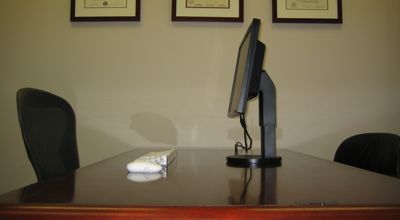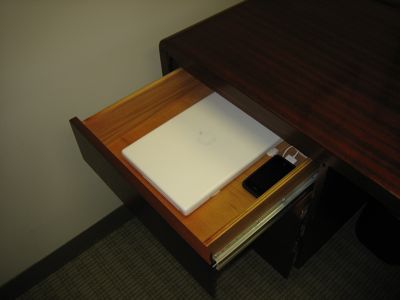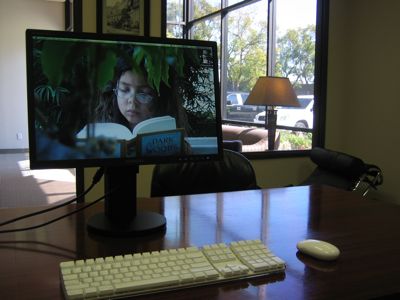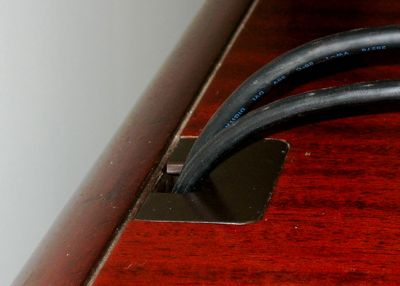Writing systems and cultural survival
Friday, February 27th, 2009Assertion: the degree of cultural survival in shocks (e.g. colonization) is directly proportional to the degree of sophistication in the pre-existing writing system.
As a result, Europe’s North American colonizations were like a cultural neutron bomb: even where the population survived, little remained of the original culture. Yet in India, after 300 years of British rule, people generally still spoke Hindi, wrote in Sanskrit, liked Buddha, etc. Similar case with China. India and China both had well-developed independent writing systems, which accounts for the difference.
Similarly, Korea maintained a separate language and writing system (though not religion) despite hundreds of years of domination by China and Japan. Why? unique writing system.
But the Philippines was another neutron bomb situation, with nothing left but Tagalog (pidgin Spanish overlaid on a pre-existing language) and several geographically isolated regional dialects. Again, no pre-existing writing system.
Perhaps the most extreme case might be the Israelites, who maintained an independent language, religion and culture for over a thousand years despite having no country. The reason is seemingly Hebrew.
In conclusion, your mom was right: if you want to remember something, write it down.
—



